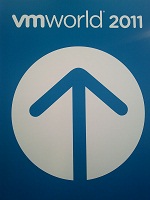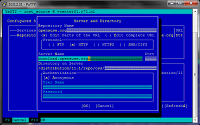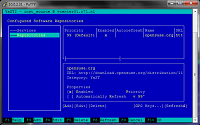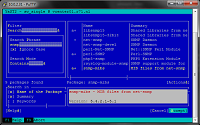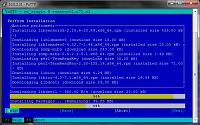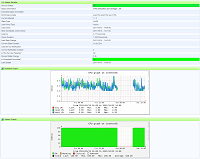AndFTP and SFTP: create ssl certificate
Create a secure way to transfer files to your network from wherever you are from your Android phone, like uploading photo’s directly to your server at home. Much faster then connecting your phone to the laptop.
This short guide is showing you how to create a key to use with a FTPS server (explicit FFTP over TLS/SSL). First you have install an FTP server as describbed.. I use Freenas7 because it’s so divers. Install AndFTP on your phone.
